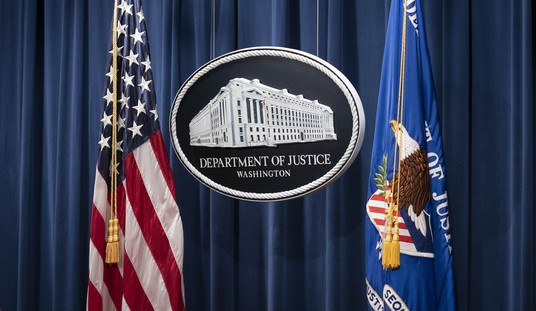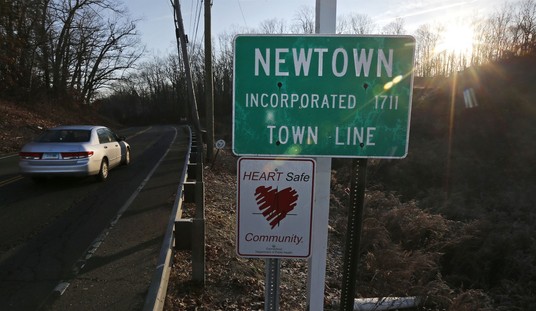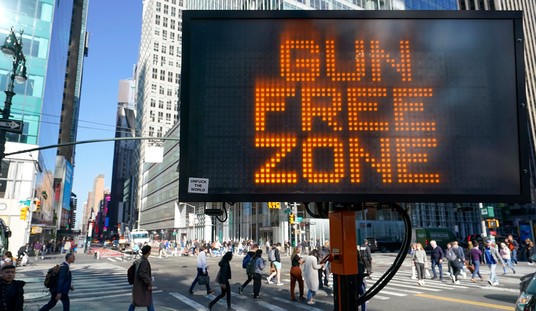For the past seven years, no new model of handgun has been available for sale in the state of California, thanks to the state’s bizarre microstamping law (which could soon be taken up by the U.S. Supreme Court) and its byzantine Roster of Certified Handguns that only allows new models to be sold if they come equipped with “microstamping” technology. The biggest problem is that the microstamping mandate simply can’t be met, in part because it requires a unique identifying code to be stamped on each shell casing in two locations as the gun is fired. It’s simply not technologically feasible, yet the 9th Circuit Court of Appeals upheld the law even though it amounts to a slow-motion gun ban.
See, not only have no new models of handguns been made available for sale in California since the microstamping law took effect, handguns that have been available for sale have been pulled from the Roster of Certified Handguns if manufacturers make even the slightest design change. California’s Department of Justice considers any chance, no matter how small, to be a new model of handgun, and therefore the microstamping requirements apply.
Some anti-gun lawmakers are concerned about what the Supreme Court has to say about the microstamping law, and they’re pushing to change it, though I suspect gun owners won’t be happy with the supposed “fix.” This week, the California State Assembly approved AB 2847, which would tweak the law in a couple of ways. Here’s how NRA-ILA describes the bill:
AB 2847, sponsored by Assembly Member David Chiu (D-17), revises the criteria for handguns to be certified for sale by requiring a microstamp in one place on the interior of the handgun (current law requires two imprinting locations). The bill also requires the removal of three certified handguns from the roster for each new handgun added. It should be noted that no new semi-automatic handguns have been added to the handgun roster since microstamping was certified in 2013. This legislation is nothing more than a means to reduce the options you have to protect yourself and your family.
By removing the requirement that handguns must have two imprinting locations, lawmakers are hoping to also remove the objection that the law is impossible to comply with. After all, why not just put a microstamp on the firing pin of the handgun? Problem solved, right?
Maybe, but that creates several problems of its own. Firing pins wear out, and some gun owners may even choose to replace factory firing pins with those made by independent companies. It’s a matter of minutes to replace a firing pin, but for criminals, it would be even faster to simply file down the microstamp on the pin itself. In other words, the law is still going to impact legal gun owners while ignoring violent criminals.
A new law requiring “precursor parts” like unfinished frames and receivers to go through a background check takes effect this year, and while firing pins aren’t currently included in the law, they could be easily added, and likely will. That still doesn’t change the fact that there are legitimate reasons to swap out a firing pin, though it would render the microstamping technology useless. How does California propose to deal with that reality? Are they going to make it illegal to replace a firing pin? Are they going to try to require people register their new firing pin with the State? It’s completely impractical and unrealistic to think that this will accomplish anything worthwhile.
In addition to the problems with the microstamping technology, AB2847 would gut the number of handguns available for sale in the state of California by requiring three models of handguns approved for sale be removed from the handgun roster for every new microstamped model. Theoretically, anti-gun activists could set up Bloomberg Arms and launch a slew of microstamped handguns that no one would buy, but would remove dozens of models of popular handguns from the inventory of gun stores in the state.
The intent of this legislation isn’t to help police solve crimes, or to reduce the number of shootings in the state. It’s about reducing the number of guns in the hands of legal gun owners, in the hopes that there’ll be some sort of trickle down effect on California’s criminals. Given the current anti-gun supermajority in Sacramento, it’s also likely to be signed into law later this year, though it still needs the approval of the state Senate.








Join the conversation as a VIP Member